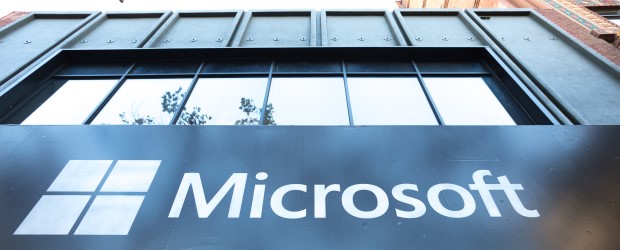This January, Microsoft Corp. dropped one of its Azure cloud pay-as-you-go models for newcomers to the Microsoft Products and Services Agreement (MPSA). This move may be viewed as limiting Azure payment models, but in fact, the opposite could be true.
As of Feb. 1, MPSA customers purchasing Azure for the first time will be re-directed to the Cloud Solution Provider program (CSP) for all pay-as-you-go Azure needs and partner value added services instead of to the MPSA. This consolidation will ideally reduce unnecessary changes, and bring customers an improved experience.
“That’s why we shared with partners last year that we would not move forward with another offer, Enterprise Advantage on MPSA,” wrote Richard Smith, general manager of commercial licensing at Microsoft in a blog announcing the change. “Instead, we’re consolidating and concentrating our investments in the partner-value added, self-serve web, and the Microsoft-assisted ways that best meet customers’ needs.”
The pricing of Azure itself won’t be changing, just the route channel partners and customers will take to get there.
For Azure licensing, Microsoft has settled on three value-added options:
- Cloud Solution Provider program (CSP), whose solution-focused partners can add value and help light up IOT and other advanced scenarios for accelerated innovation
- Enterprise Agreement (EA) for customers who require terms and conditions not yet addressed by other programs or Open programs for customers with fewer than 500 users or devices
- Microsoft Online Subscription Program (MOSP) for customers who want to self-serve directly through the web
CDN spoke with SoftwareOne’s go-to-market lead, Todd Golden for more on these Azure payment changes. He believes that this big move by Microsoft will make it easier for partnering companies to offer pay-as-you-go options to businesses.

SoftwareOne’s sales and marketing lead Todd Golden
“This week’s announcement that Microsoft is dropping one of the pay-as-you-go models for Azure cloud is impactful for both Microsoft and their customers, but doesn’t limit customers options for consuming Azure,” Golden said. “While some might wonder if this means Microsoft is moving away from the pay-as-you-go model with this announcement, the opposite is true. By bringing new customers into the CSP program, Microsoft is actually making it easier for users to take advantage of Azure pay-as-you-go by leveraging Microsoft partners and their capabilities as they build out their agile cloud environments.”
Moving away from the MPSA approach doesn’t mean that it was a failing one, just that Microsoft found a better route to take by channeling new buyers into its growing CSP base.
“Focusing on the CSP program is great news for customers, channel partners, and Microsoft itself. Customers benefit from additional access to expert advisers as they move through their cloud transformation process. Channel partners have more customers directed their way due to the CSP program, and Microsoft will see its channel program grow and become stronger as the CSP program expands in the coming months,” said Golden.
Ultimately, this change shows Microsoft’s belief in its cloud offerings and channel program.
“Using a channel partner provides customers a framework of resources ranging from deployment advice to cost-optimization tools,” Golden said. “It eases the transition into the cloud, and shows Microsoft’s faith in its channel program.”




